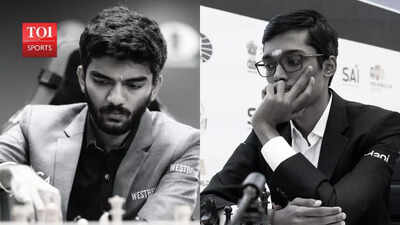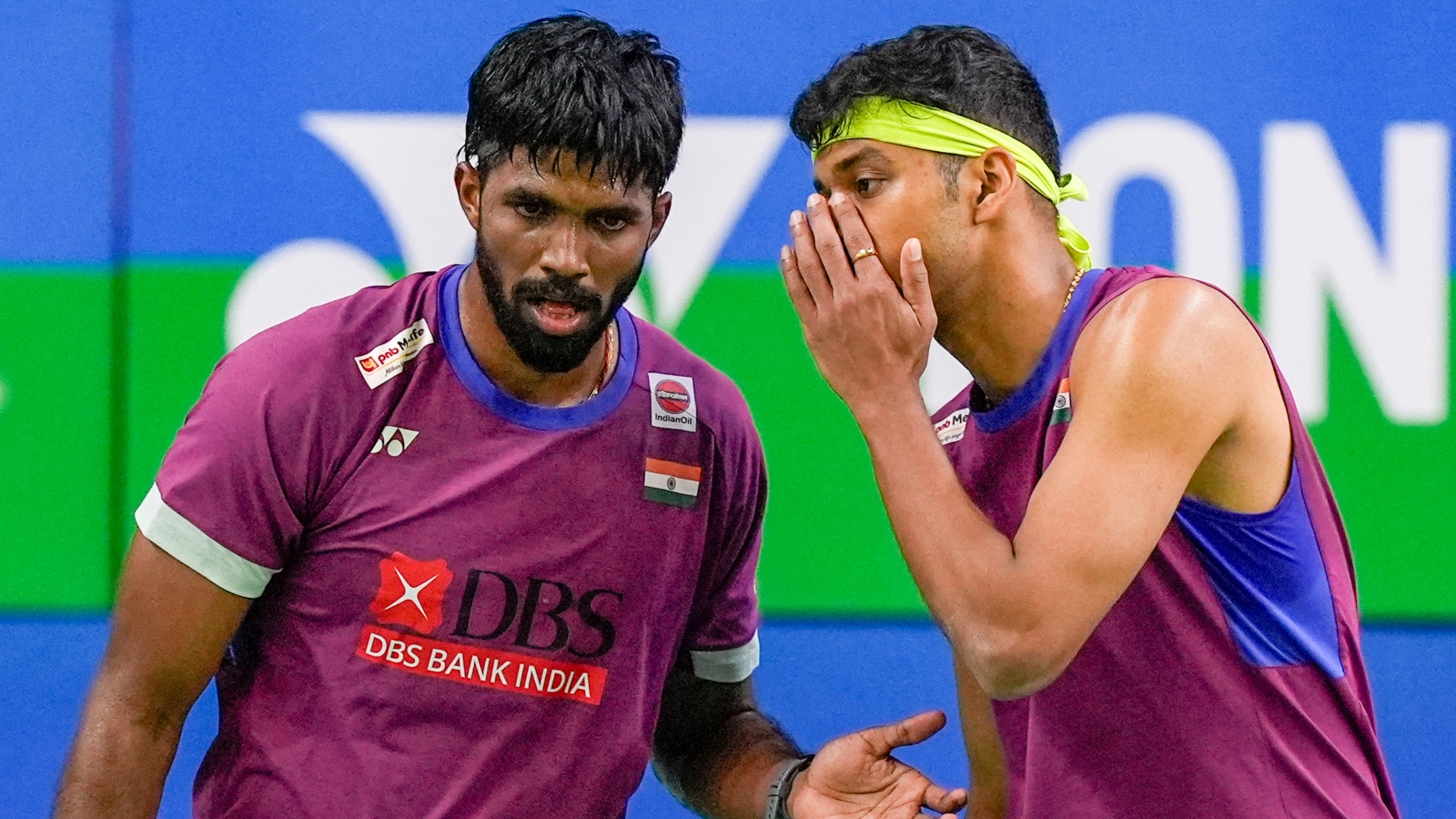ARTICLE AD BOX

D Gukesh and R Praggnanandhaa (FIDE Photo)
NEW DELHI: As Russian Grandmaster Daniil Dubov, rated 2674, outsmarted India's 2768-rated R Praggnanandhaa last week, it wasn’t his gameplay that captured eyeballs as much as the boasting he did after the game: "Preparing for two classical games against Pragg took me 10 minutes with the phone altogether.
I didn’t even use my laptop."And he didn't stop there: "People don’t like it, but then suddenly, when I face Pragg and he’s someone who probably spends day and night looking at stuff, he still fails to pose a single problem with white. So maybe it’s not about me. It’s probably about chess here."
Total Chess World Championship Tour Explained: Norway Chess Answers Fans' Queries | Exclusive
For the 20-year-old from Chennai, the words may have stung more than the result that sent him out in Round 4, just short of the pre-quarterfinals at the FIDE World Cup 2025 in Goa.But Praggnanandhaa wasn’t the only big name to fall early. In Round 3, top seed and World Chess Champion D Gukesh fell to Germany's Frederik Svane, rated 123 points below him.Dutch No. 1 Anish Giri followed the same path, exiting after a loss to the 128-points-lower-rated Alexander Donchenko.These three are only the headline cases. If we dive a little deeper, just five of the top 20 seeds were in the fray by the time Round 5 (Round of 16) began.
So are the world’s elite players suddenly vulnerable? Is something drastically wrong?Two-time World Cup winner GM Levon Aronian, himself eliminated by Arjun Erigaisi on Saturday, shrugged it off as if this was inevitable. “I think generally the level is becoming very close,” he told TimesofIndia.com. “It’s just two classical games… quite often the sides that are more or less not as titled will make a draw with white and wait for their chance (with black).
Everything can happen in one single game.”Taking chances even when the opponent has the white pieces is something Dubov openly endorsed too: "Actually told my friends that this is the strategy: we make draws with white and with black we actually play, because he’s always ambitious with white. The same happened today."

R Praggnanandaa vs Daniil Dubov (Photo credit: Eteri Kublashvili/FIDE.)
But is that all?"The difference between a top player and semi-top player has reduced drastically, and it does not reflect in the rating system because the rating system has its flaws," Vidit Gujrathi, another early casualty after his Round 3 defeat to lower-rated Sam Shankland, in this World Cup, told this website."Let's say the top players play amongst themselves in elite tournaments; it is only invitation-based, so there are no big fluctuations in rating. They all keep a similar range. Whereas the 2600-rated players, they don't get to play the top players or something like this, whereas their strength has increased. It does not really reflect in the rating.""Now, everybody has access to the best engines and the highest hardware, etc.
So there is very little differentiating factor there. Earlier, that was not the case. One would have to sit day in, day out, work on the lines, like go deeper," he continued."So that way, for people, the barrier to getting good at chess openings has gone down."The most startling and piercing diagnosis, however, comes from veteran Indian Grandmaster Pravin Thipsay.“Today's top players prepare exclusively for a specific opponent.
At the last minute, if you say you are playing someone else, they would panic,” Thipsay said.Top players, he believes, no longer build their own opening understanding. They outsource it.“For the strongest players, their trainers are much below their level,” Thipsay explained. “Somebody at 1800 or 2000 ends up analysing the engine’s best move, second best, third best… many moves are arithmetical, with no logical base.”
Poll
Do you believe that the world’s elite chess players are becoming more vulnerable?
Yes, the level of competition is rising.No, this is just a temporary trend.
The result? A player makes a computer-defying novelty (a move or sequence of moves that has never been played before in a specific opening position) and then freezes.“They play a novelty… and for the very next move take 40 minutes. You remember the data, but you do not actually understand why this move has been played,” the 66-year-old Grandmaster added.Lower-rated players, on the other hand, enter freer. “They don’t lose the connect with logic,” Thipsey remarked.
“They may not spend 10 hours a day, but they are not strangers to the position.”Adding to the top players’ advantage is the fact that they have multiple qualification channels to the Candidates, while a “common player” has only one: the World Cup.“So the common player is more motivated,” he noted. “And the top players have a kind of security."“I think these players will really benefit by going and playing in open tournaments.
They would initially lose a lot of rating points, but they will get back the strength they had when they rose.”ALSO READ: Making of India's 91st GM Raahul VS: Battling financial troubles, 'negative emotions', before doing a Divya Deshmukh | ExclusiveAs the dust settles in Goa, Dubov’s taunt hovers in the air. But beneath it, and beneath the string of upsets, lies a deeper truth, as Thipsey put it: "Those who are keeping logic in their game, playing with logic, and staying alert are doing well. And those who are depending only on preparation have had some unexpected setbacks."

 2 hours ago
4
2 hours ago
4









 English (US) ·
English (US) ·